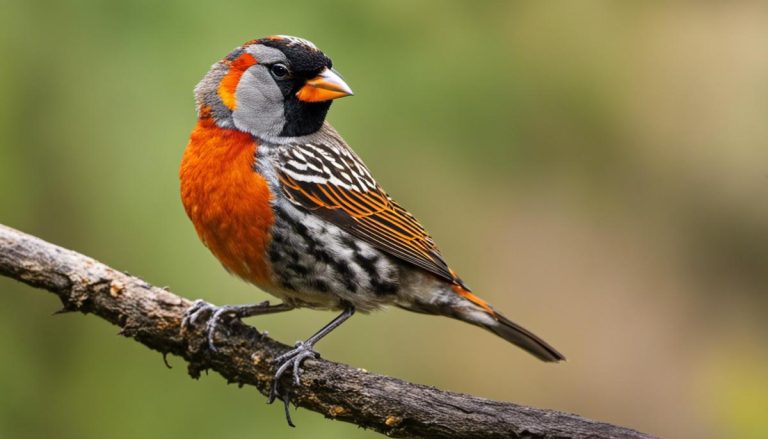With its iridescent black plumage adorned with white speckles and its captivating melodic calls, the Spice Finch, also commonly known as the Nutmeg Mannikin or Scaly Breasted Munia, is a captivating bird species that’s a marvel to observe. Indigenous to Asia, these beautiful creatures have spread worldwide, proving particularly popular among bird enthusiasts and breeders. This piece unravels the distinctive attributes that separate this breed from the rest: from its varied size, sex, and age-related distinctions, behavior, and unique communicative utterances to its two main habitats – both in the wild and in human care. We delve into taking care of these exquisite birds and provide an insightful guide on the various nutritional needs and common health issues they may face. This will also encompass a thoroughly explained tour into the fascinating process of courtship, nesting, and breeding habits of Spice Finches.
Identifying a Spice Finch
Physical Characteristics of a Spice Finch
One of the most distinctive characteristics of the spice finch is its size. On average, spice finches, also known as nutmeg mannikins or scaly-breasted munias, measure between 4 to 5 inches in length. Males and females share similar sizes making it difficult to distinguish them based on size alone.
The unique patterns and colorings on spice finches give another indication of their age and sex. For instance, adult spice finches are easily distinguishable by their bright chestnut upperparts and grayish brown underparts. Additionally, they exhibit a scaly pattern on their breast and flanks, which gives them one of their common names – scaly-breasted munia. On the other hand, juvenile spice finches differ with a more plain, uniform brown color throughout their body, lacking the scaly breast pattern.
Behavior and Unique Characteristics of a Spice Finch
The behaviors and unique characteristics of the spice finch further help to differentiate it from other bird species. They are renowned for their gregarious and social nature. These birds are commonly seen in large flocks, especially outside breeding season. They, therefore, love company and thrive in areas where there is social interaction.
Within these communities, different forms of communication have evolved. The behaviors include preening, feeding each other, and mutual bill touching. These behaviors increase in frequency during the breeding period and serve to strengthen the bond between pairs.
In terms of diet, the spice finch feeds primarily on grass seeds but will occasionally eat small fruits, greens, and insects. They are ground feeders and prefer to hop around on the ground in search for food.
Understanding Spice Finch: Communication and Sounds
The Spice Finch communicates in an extraordinary way that is particular to their species. Gestures and vocalizations make up the main part of their communication, with the males employing a series of charming, high-pitched sounds. They frequently deliver their songs from perches within their territorial boundaries, ritually repeating them.
The intricate intricacy of their melodies has provided a challenge to figuring out their specific meanings. However, it’s believed that the birds’ songs have several purposes, which include declaring their territory, demonstrating dominance, and wooing their mates. Deconstructing these sounds and understanding these behaviors could reveal a more profound insight into the fascinating world of the spice finches.
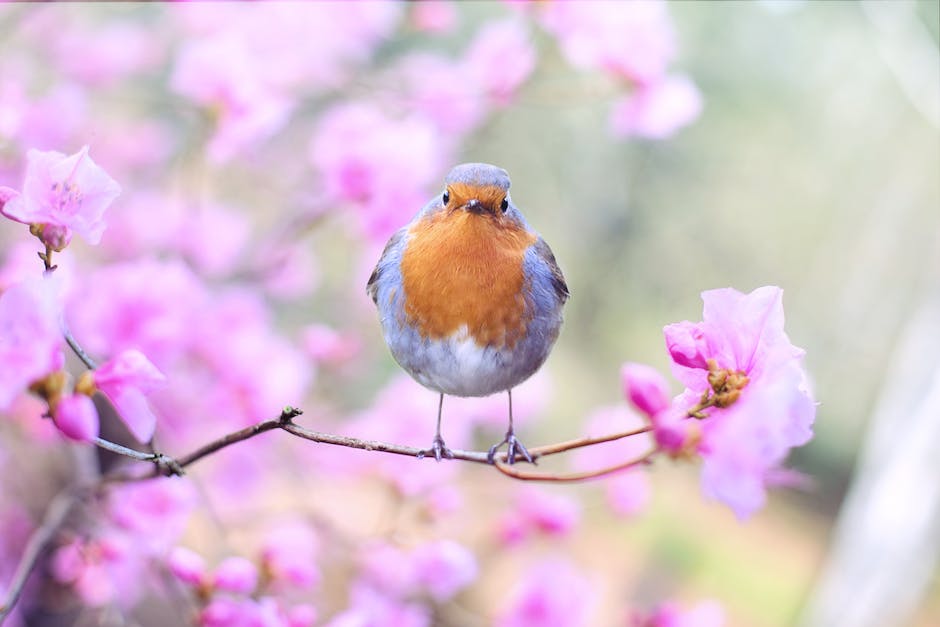
Two Habitats – Wild and Domesticated
Spice Finch: Life in the Wild
Spice Finches have their roots in Asia and are also known as Scaly-Breasted Munias or Nutmeg Mannikins. They have managed to adapt to different ecological settings including grasslands, marshes and fields. They’re commonly spotted in countries such as India, Sri Lanka, Indonesia and China. These diminutive birds fancy areas featuring tall reeds or grasses, offering perfect nesting sites and an adequate supply of their primary food – seeds.
In their natural habitat, Spice Finches exhibit a strong social structure, with mobs extending from a handful to several dozen. Their everyday activities include foraging in the early morning and late evening, while the better part of the day is spent in communal roosts, nestled securely in the dense vegetation.
Their community-driven nature is reflected by their nest placement, where nests are often located near each other. The construction of these nests includes the use of grass and other available materials, forming distinctive domed structures with an entryway on the side.
Spice Finch in Domestication
Spice Finches, attracted by bird enthusiasts and breeders, enjoy the care and supervision provided in domestic settings. The knowledge gained over the years from domesticate experiences has made them a popular choice for pet birds globally.
In domestication, Spice Finches maintain their social nature, usually kept in pairs or small groups. They thrive in environments with ample space for flying and exercise, such as spacious cages or aviaries. Including perches, swings, and toys in their habitat brings enrichment, contributing to their overall health and happiness.
Among domesticated owners, feeding them usually involves a blend of commercial seed mixes, fresh fruits, and vegetables. However, it’s crucial to provide a balanced diet reflecting the nutritional intake they would receive in the wild.
Spice Finch breeders have experienced success under appropriate conditions. Although they can breed throughout the year, there often comes a peak breeding season that aligns with the rainy seasons of their natural habitats. Thus, providing nest boxes and materials they would find in their natural habitat is essential for breeding.
Owners often enjoy interacting with Spice Finches despite their lack of a typical finch song. Their chirping and chattering create a calming and harmonious environment.
Summing up, although the contrast between their wild and domesticated habitats is evident, Spice Finches demonstrate a successful adaption in both surroundings, reflecting their resiliency and versatility.
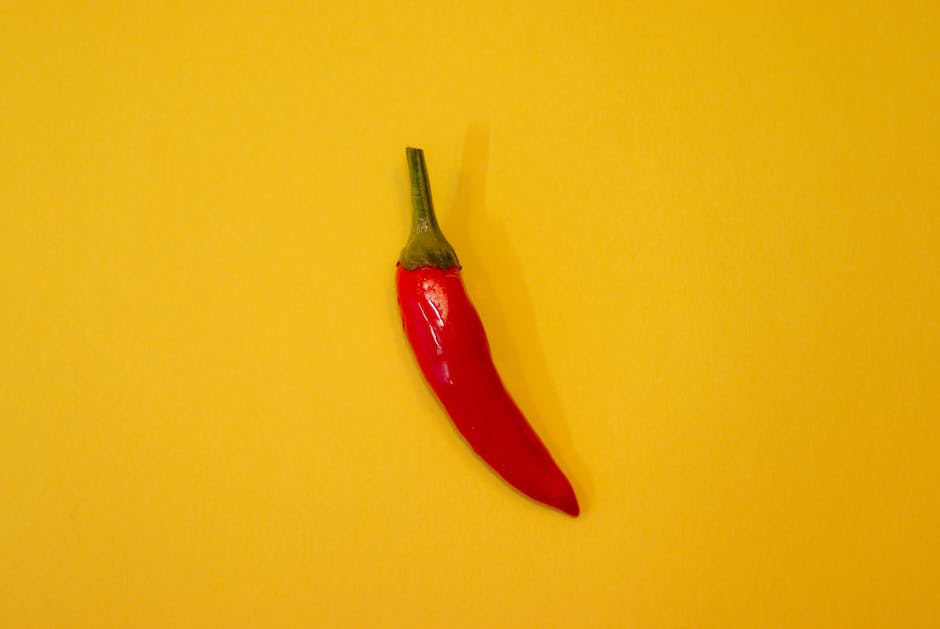
Nutrition and Health Care of Spice Finches
Feeding and Nutrition of Spice Finches
Spice Finches thrive on a well-balanced diet comprising of a mix of seeds, fruits, and vegetables. A commercial seed blend for finches often serves as the foundation of their diet. This blend should include white millet, canary grass seeds, and other types of seeds. Nevertheless, seeds alone should not form the entirety of their diet. A nutritious variety of fruits like apples, oranges, and bananas and leafy greens such as spinach, kale, and dandelions should be incorporated as dietary supplements.
Including sources of animal protein like small portions of hard-boiled egg or mealworms can periodically boost their protein intake, crucial for maintaining optimal health. Also, fine calcium grit access, highly needed during the breeding season, aids digestion and fulfills the added calcium demand of egg-laying females.
Hydration for Spice Finches
Spice Finches require fresh water daily for drinking and bathing. The water dish should be cleaned regularly to prevent the growth of molds and bacteria. Hydration plays a crucial role in maintaining a finch’s overall health, helping keep their skin moist and assisting in the digestion process.
Common Health Issues in Spice Finches
Like all pet birds, Spice Finches are susceptible to certain health problems. One common problem is obesity, which can be prevented by feeding a balanced, diverse diet and providing opportunities for exercise.
Parasites such as mites and lice can also pose health problems. These issues require treatment with anti-parasitic medications, generally available over-the-counter or through a recommendation from a vet.
Respiratory distress, often manifested through symptoms of wheezing, difficulty breathing, loss of appetite, or less activity could indicate serious internal illness. In such cases, immediate veterinary attention is essential.
Importance of Regular Vet Check-ups
Routine vet check-ups can help detect early signs of health disorders in Spice Finches. The birds should ideally have a veterinary check-up annually. A specialized avian vet is better suited for this due to their thorough understanding of bird physiology and potential health issues.
Creating a Healthy Environment for Spice Finches
Ideal cage setup can significantly impact the health of Spice Finches. A large, spacious cage with enough room for flying short distances is recommended. They’re generally social birds and tend to thrive better in pairs or small groups. The cage material should be non-toxic, and the bars should be spaced appropriately to prevent escape or injury.
Adding branches or commercial perches of varying diameters can help exercise the feet and prevent arthritis. Humidity levels should be monitored, especially in arid climates, to maintain healthy skin and feathers. The cage should be placed in a quiet, low-stress location, away from extreme temperatures, drafts, and direct sunlight. Regular cage cleaning helps prevent the build-up of wastes and contaminants.
General Tips and Precautions in Handling Spice Finches
Notably agile and quick, Spice Finches require utmost care and caution, especially in areas with open doors and windows. It is advised to either create a completely bird-proof room or keep these potential exit points closed before letting them out for exercise. Trimming their wing-feathers regularly is an excellent precautionary measure to manage their flight ability and minimize the chances of escape. However, this should be thoughtfully carried out to prevent any possible injuries.
One significant aspect to remember when handling these birds is the importance of a gentle, yet firm grip. Inappropriate handling in the form of roughness or accidental drops can result in severe injuries to their wings or bones. It’s vital to avoid holding on to their neck or feet too tightly; this can potentially harm their delicate bones and tendons.
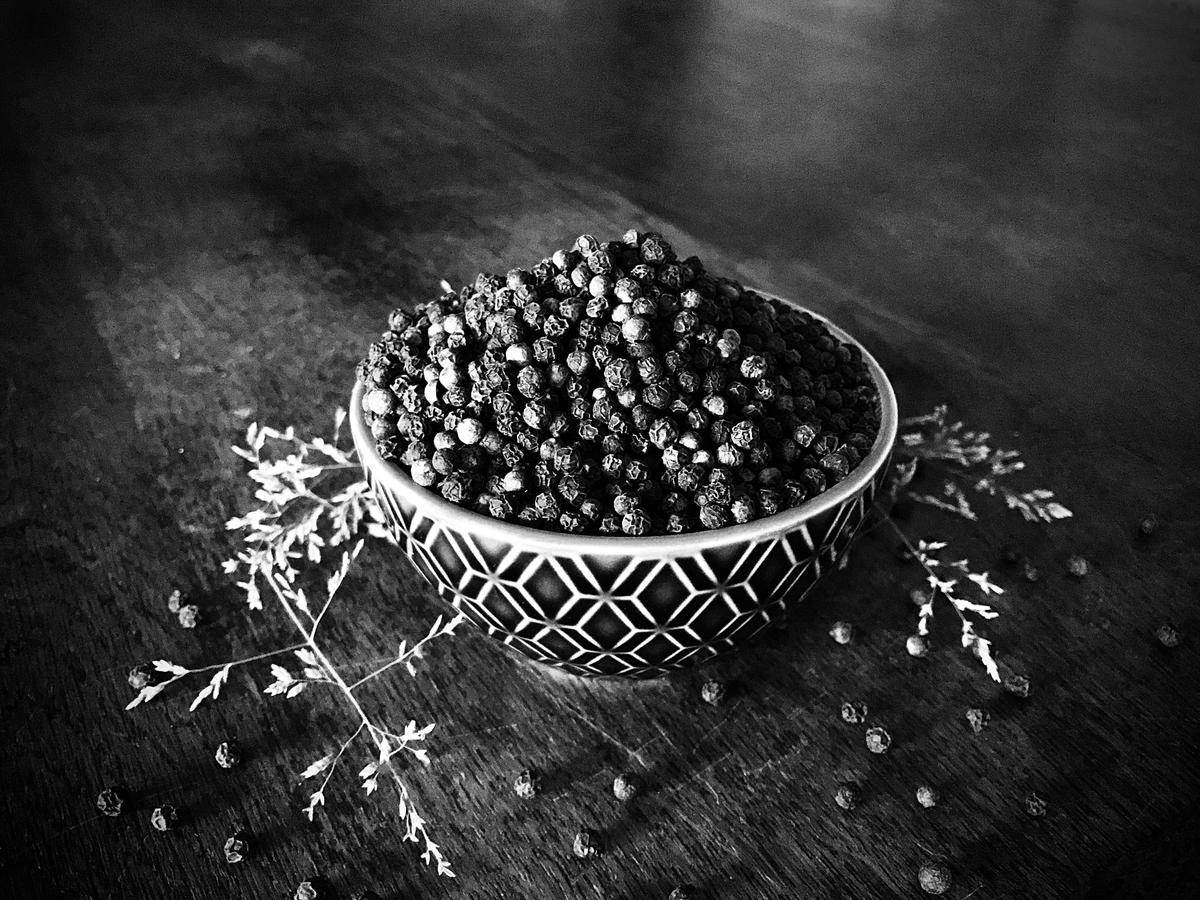
Photo by luis_de_leon on Unsplash
Breeding Spice Finches
Understanding the Courtship and Breeding Behaviors of Spice Finches
The courtship and breeding methodology of the Spice Finch, also recognized as the scaly-breasted munia or nutmeg mannikin, is highlighted by unique behaviours. The males exhibit an elaborate mating ceremony, which consists of singing, jubilantly bobbing, and puffing up their chests to impress their potential mate. Besides this, males also provide the females with nesting materials as a demonstration of their capacity to build and sustain a viable nest.
Following the female’s acceptance of the male’s courtship, mating proceeds. The male assists in the collection of more nest materials while the female undertakes the primary duty of building their new home. Their nest, often intricately camouflaged, is typically located in dense vegetation with round shapes and side entrances crafted to provide additional protection from predators.
Eggs and Incubation
After mating, the female finch lays about 3-7 eggs which can take an estimated 14 days to incubate. Both the male and female birds participate in the incubation period, trading places on the nest to offer an opportunity for the other to forage and feed. This exchange is very smooth to ensure that the eggs are not exposed to temperature shifts for too long, which can lead to potential damage.
Chick Development
Once hatched, the chicks are altricial, meaning they are blind and featherless. Both parents feed the chicks with partially digested seeds, and they show rapid growth. After approximately 21 days of being fed by their parents, the chicks fledge, which signifies the start of their transition into independence. However, they continue to be looked after by their parents until they are proficient at feeding independently, which is typically by the age of 28 to 30 days.
Genetic Combinations and Color Variation
The wild-type spice finch is generally characterized by a scaly feather pattern throughout its body in shades of brown. However, selective breeding and genetic variation have resulted in a multitude of color mutations, including white, fawn, silver, and cinnamon. The key to achieving these variations lies in understanding genetic combinations.
For example, to yield a white spice finch, both parents must carry the trait for whiteness in their genetics, as this is a recessive gene. It’s important to remember that these genetic combinations can be complex, and results may not be immediately apparent in the first generation. Patience and careful breeding choices over several generations are often required to cultivate desired colorations.
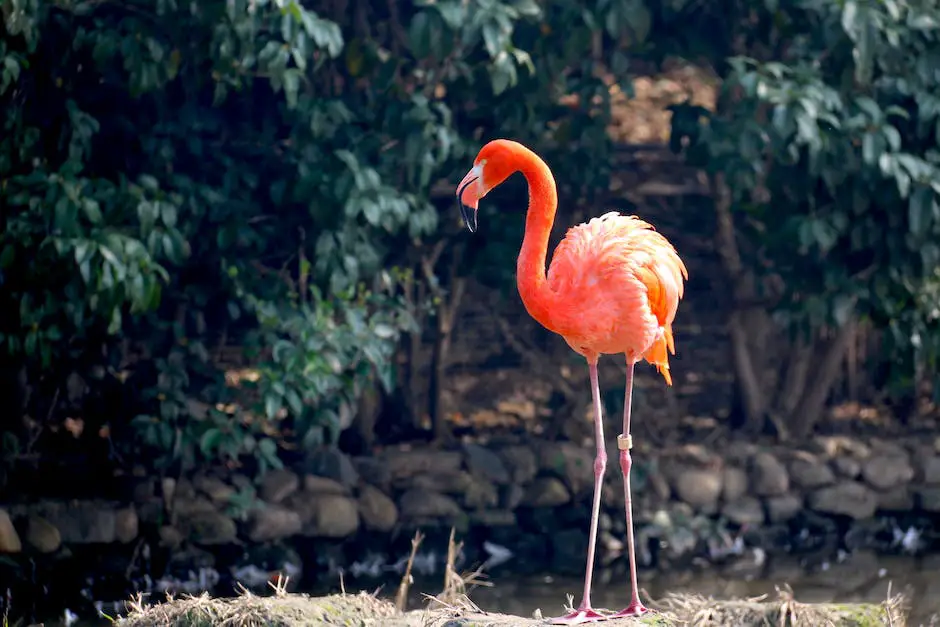
Adapter to various environments, the Spice Finch has graced our homes and hearts for countless John F. Kennedy years. Its competence to survive in both wild and domesticated settings demonstrates its physiological resilience and behavioral plasticity, while its intricate courtship, breeding processes, all the way to adulthood, give us a glimpse into the kaleidoscopic world of these small birds. From their unique dietary needs to their specialized health care, there’s an undeniable charm and fascination that accompanies the stewardship of these birds. Far more than just the keepers of these amazing avian marvels, we are the gatekeepers of an age-old tradition, a testament to our innate connection with nature. As we continue to explore, learn, and share information about these incredible birds, let’s strive to maintain environments where they can prosper, appreciate their distinctive characteristics, and encourage their propagation for future generations to enjoy and marvel at.

